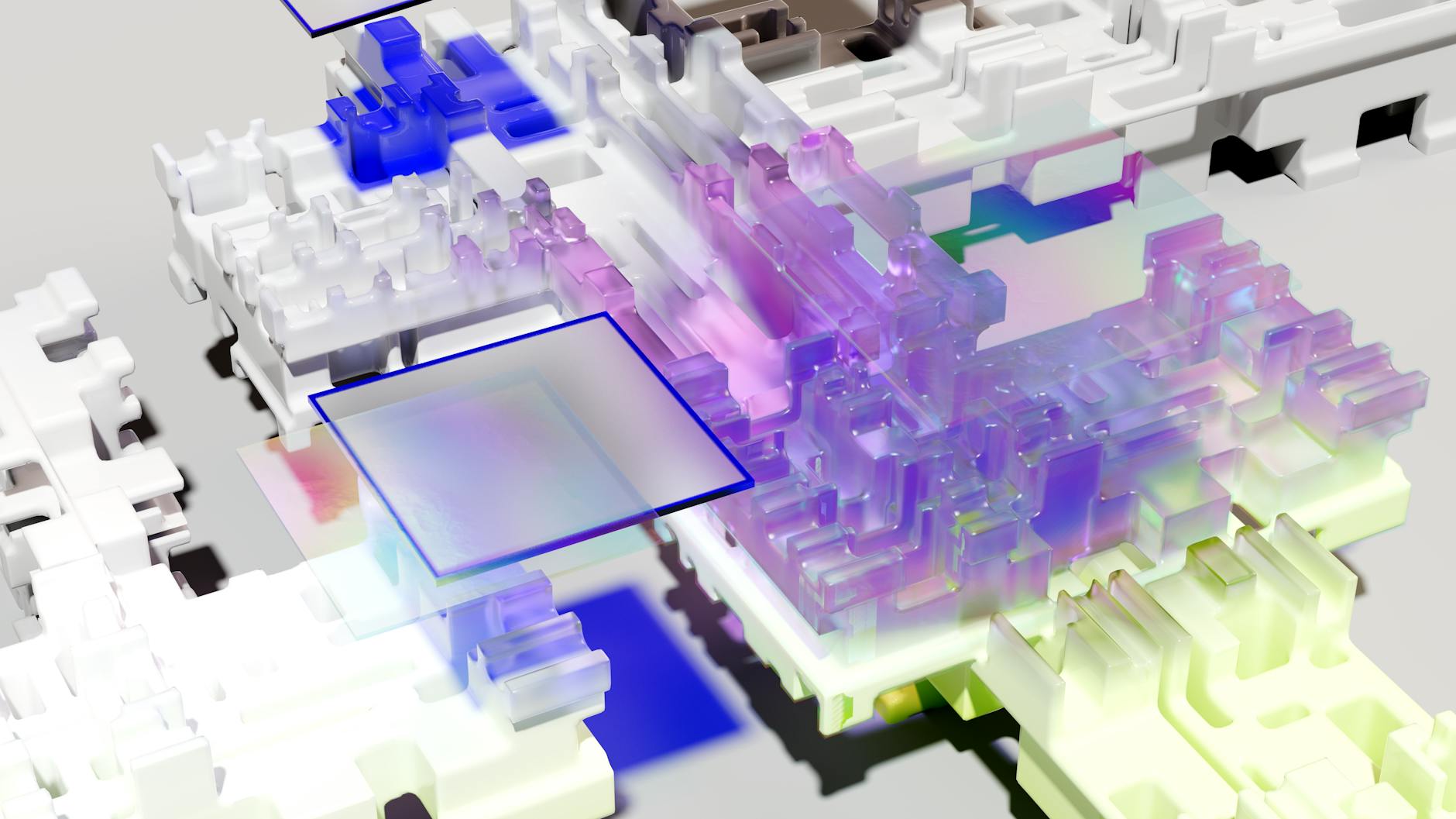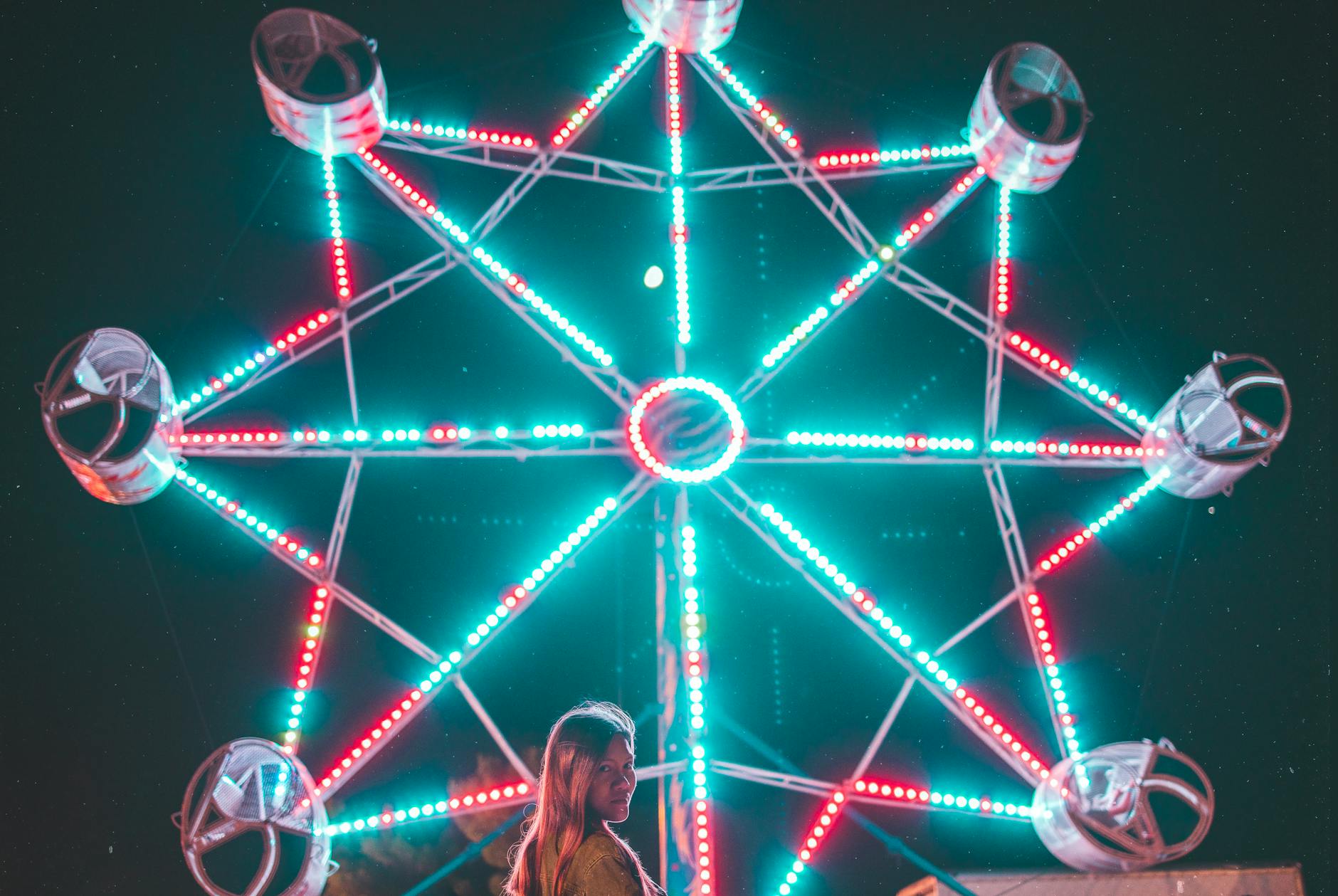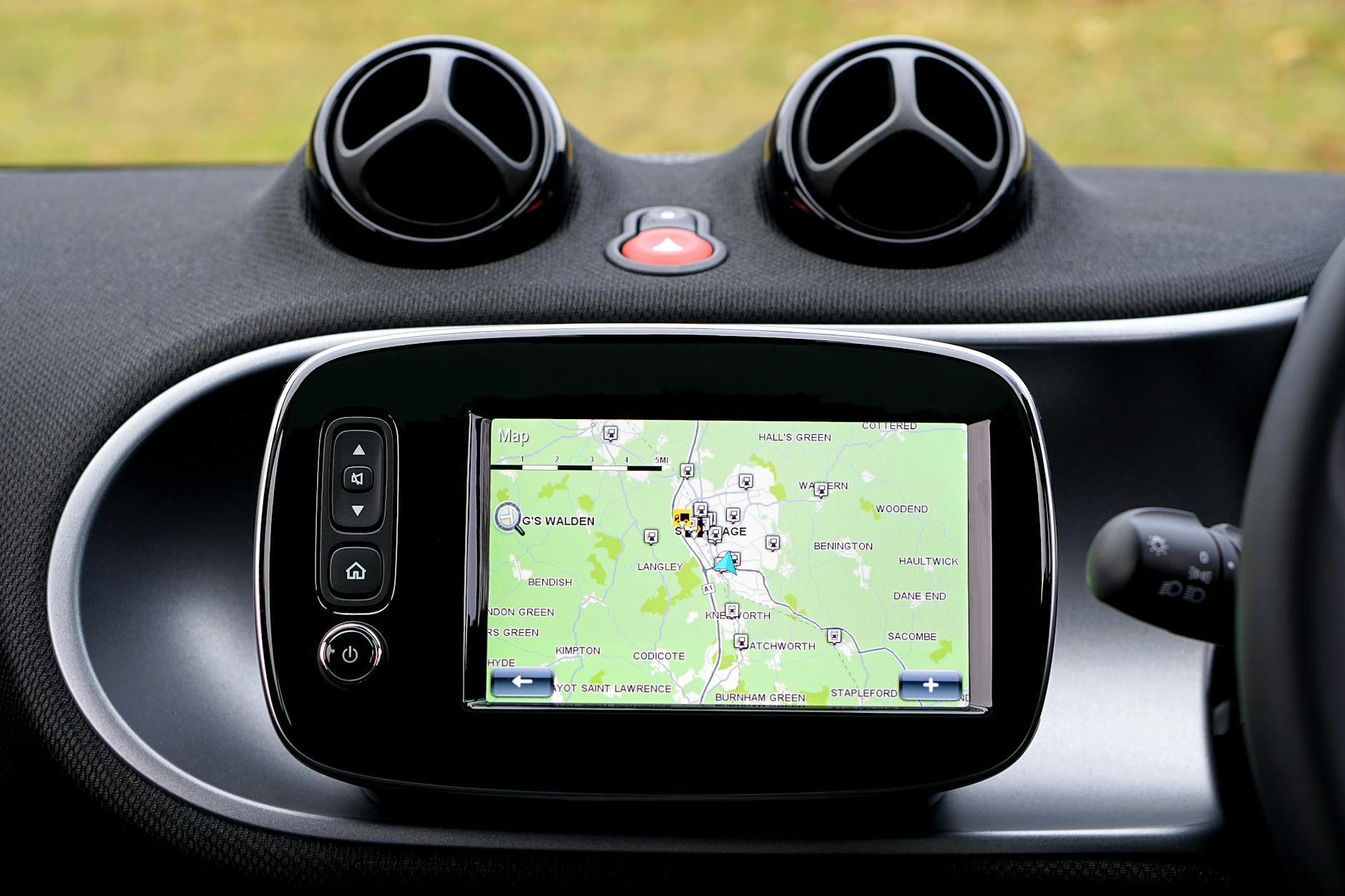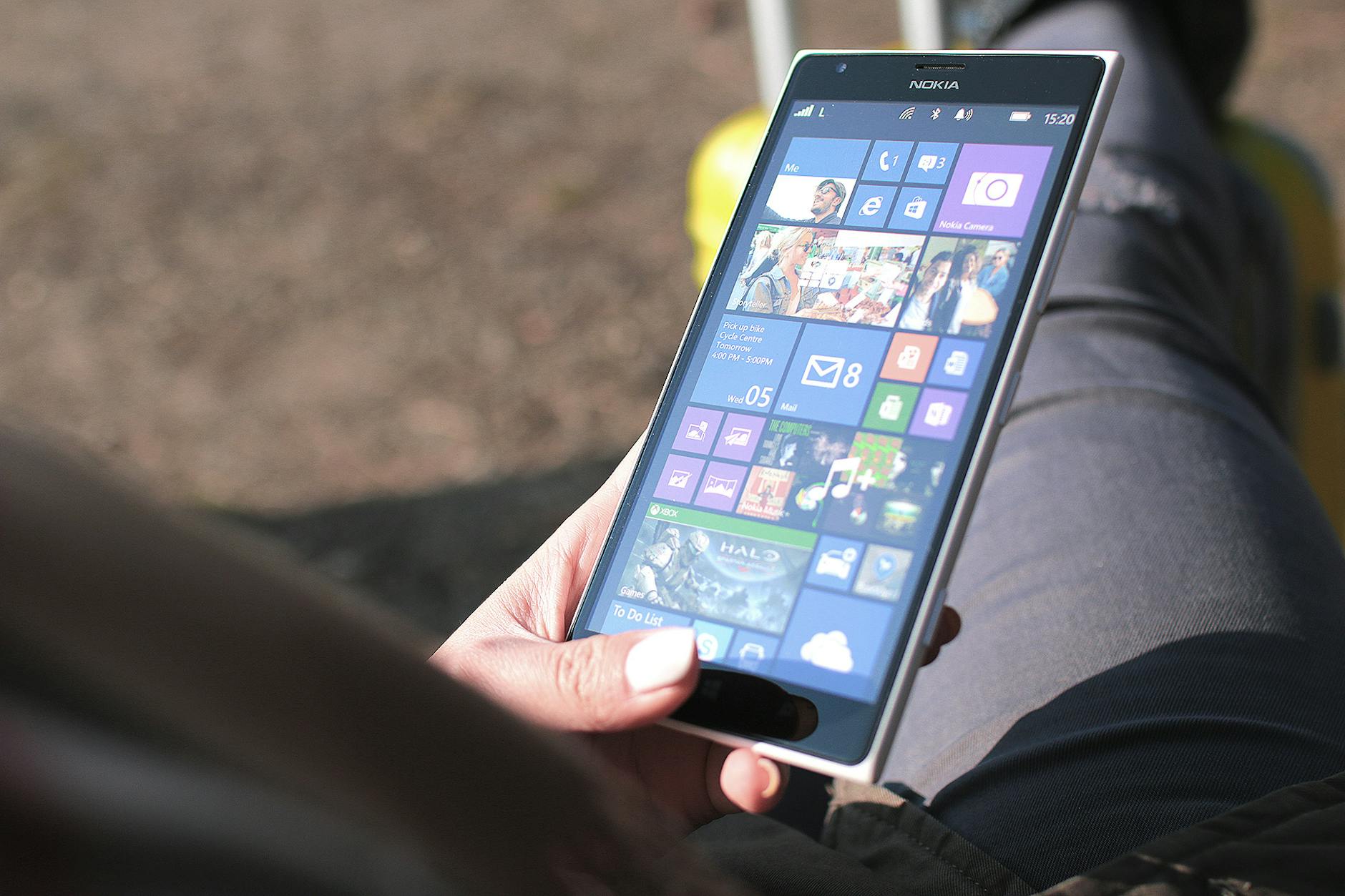Why Exploring Data Projector Innovations in Australia Is Essential

Essential Features of Data Projectors
Data Projectors are revolutionizing how we share information and ideas, especially in professional settings. For someone like Emily, working on environmental sustainability projects in Melbourne, understanding the essential features of data projectors can bolster her presentations at community workshops. Particularly, when working to communicate intricate scientific data clearly, a keen attention to brightness and image quality becomes crucial.
Brightness and Image Quality
In selecting a projector, brightness, measured in lumens, dictates how well visuals can be seen in various lighting conditions. Higher lumens ensure clear visibility even in more illuminated spaces, such as those found in the bustling technology hubs at Lot Fourteen in Adelaide. Pairing that with high image quality where resolution forms the backbone, you can achieve stunningly clear images, making it easier for diverse audiences to grasp complex data.
Energy Efficiency Innovations
As environmental consciousness grows, it's important to use projectors that minimize energy consumption. Modern advancements have led to energy-efficient models that not only reduce power usage but also align with sustainability efforts. These projectors can often operate using less energy without compromising performance, so environmentally-focused individuals like Emily can keep both their ecological footprint and operational costs down.
Portability and User-Friendliness
For someone invested in community engagement, the ease with which a data projector can be transported and set up is equally important. Lightweight designs and intuitive interfaces make the technology accessible, even for those less familiar with its intricacies. This ensures that a seamless presentation experience is achievable, whether at an event at the Adelaide Convention Centre or a smaller community gathering.
Benefits for Environmental Presentations
Engaging Audience with Visuals
As someone passionate about environmental issues, creating impactful presentations is essential. Visuals can make a story come alive and resonate deeply with your audience. Data projectors play a crucial role here, offering vibrant images that capture attention. It’s like when I attended a tech workshop at the Lot Fourteen innovation hub; the use of innovative technology made the information much more engaging. High-quality projectors provide crisp visuals that hold the audience's interest, a necessity when conveying critical environmental messages.
Simplifying Complex Data
Understanding and communicating complex scientific data can be a hurdle, but projectors can transform dense numbers into easily digestible visuals. Imagine turning intricate datasets into compelling graphs or charts displayed on a large screen. This visual translation can demystify complex topics, allowing your audience to grasp the information without feeling overwhelmed. The technology enhances the narrative by providing context to numbers, facilitating better understanding and retention during presentations.
Supporting Interactive Sessions
Interactive features can enhance engagement, making learning more enjoyable and effective. Advanced projectors support interactive sessions by allowing real-time audience participation through features like touchscreens or wireless connectivity. This is particularly beneficial during community workshops or educational programs at places like the University of South Australia's Mawson Lakes campus. Encouraging audience interaction doesn't just keep them engaged; it also enables collaborative learning, creating a richer, more experiential understanding of the topics at hand. These interactions are often enhanced by high-quality audio from loudspeakers that accompany the visual elements.
Eco-Friendly Models in Australia
Sustainable Manufacturing Processes
As a field engineer immersed in the vibrant tech scene at Lot Fourteen, I can appreciate how critical it is to advocate for sustainable manufacturing processes in data projectors. Many manufacturers are now focusing on environmentally responsible production methods, such as using renewable energy in their facilities and reducing harmful emissions. They also emphasize transparency, allowing consumers to trace the entire lifecycle of a product. As young professionals, we have the power to shift market demand towards such sustainable practices, and the projects being researched at the University of South Australia's Mawson Lakes campus are a testament to this shared commitment.
Materials and Recycling Options
It's fascinating to see how eco-friendly data projectors are integrating recycled materials and offering recycling programs. Some companies utilise upcycled plastics and metals, minimising the need for virgin resources. Additionally, several brands support take-back schemes, where worn-out projectors are refurbished or responsibly recycled, bringing back valuable materials into production cycles. These initiatives not only promote sustainability but also help raise awareness about responsible consumption.
Energy-Saving Technologies
In keeping with the energy-efficient innovations we encounter at various tech networking events at the Adelaide Convention Centre, the latest data projector models in Australia are equipped with technologies that significantly reduce power consumption. Features like automatic power-off, efficient LED or laser light sources, and enhanced cooling systems are now standard offerings. These advancements not only lower electricity bills but also contribute to a reduced carbon footprint. With the addition of modern devices like mesh radios, we can optimally manage energy variables, ensuring that our solutions align with environmental priorities.
FAQs
Initial Setup and Calibration Tips
Setting up your data projector correctly is crucial for optimal performance. First, consider the projector's location—ideally, it should be positioned at the centre of the room at the right distance to ensure sharp images. Use guides from local innovation centres like Lot Fourteen to explore the best practices. Once you’ve got it installed, it's all about calibration. Adjust the focus, keystone correction, and zoom to avoid distorted or blurry projections. The University of South Australia's Mawson Lakes campus often hosts workshops, which can be a great resource for learning these skills firsthand.
Common Troubleshooting Solutions
Even with the most advanced projectors, you're bound to hit a snag now and then. Picture quality issues? Examine the cables and connections first. If the image colours seem off, the colour settings might need adjusting. A frequently unnoticed fix is ensuring the projector is properly aligned. For error codes, a quick search of the model-specific issue usually yields an answer, and technology institutes in Adelaide often offer seminars focused on such problem-solving techniques.
Maintenance Best Practices
Looking to ensure your projector runs smoothly for years to come? Regular maintenance is key. Start with routinely cleaning the filters and lens to prevent overheating and debris build-up. Make use of recycling options available in Australia for old parts to stay eco-friendly. Adelaide’s events at the Convention Centre frequently include talks on long-term tech maintenance, which can be incredibly insightful. By integrating these habits, you not only prolong your device's lifespan but also enhance its efficiency.


